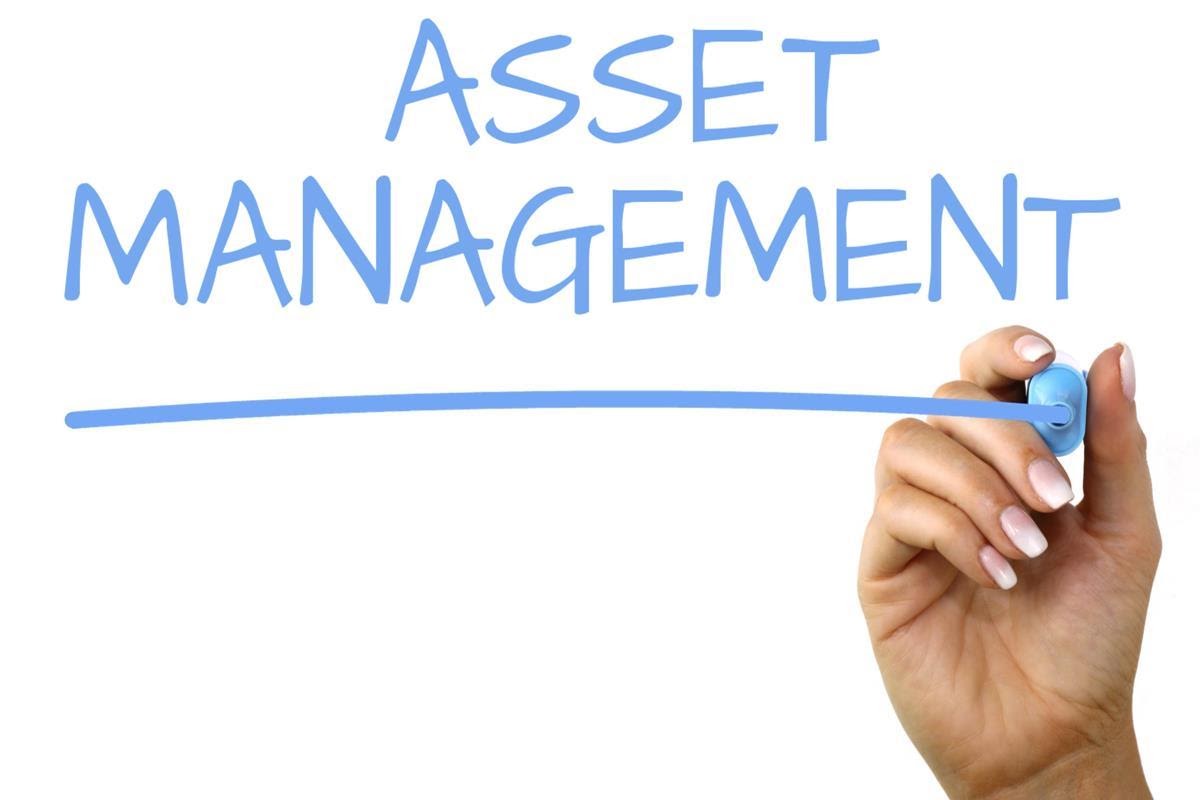


26 August 2022
In any business, assets are a primary measure for evaluating the organisation. Hence, it is extremely important to have a proper, comprehensive process in place to manage them. Enterprise Asset Management refers to the process of maintaining, controlling, and optimising the lifecycle of operational assets of a business. This can best be done with the help of an enterprise asset management system. For asset-intensive organisations, EAM is extremely important as it enables the organisation to track, assess, manage, and optimise the quality and reliability of all of its assets.
Understanding how enterprise asset management actually works can prove to be quite important for a business, as only then will they be able to harness the benefits an enterprise asset management system has to offer.
How It Works
There are a number of steps involved in the process of enterprise asset management, including:
Planning
The very first step in the process of enterprise asset management involves performing a detailed analysis of the organisation’s strategy and the assets required for operations. Other than this, timeline management and budget allocation are also a part of this step.
Acquisition
This is when organisations acquire the assets identified in the previous step. They have the flexibility to choose specific assets, as per their requirements. At this point, the assets should have been delivered to the organisation, waiting to be deployed as per their applications.
Assignment
An asset is assigned a specific business operation only when there is a request from a user or a requirement related to project-based timelines. Sometimes, an assignment may need approval while at other times, it may not.
Utilisation
This is when an asset is used to achieve a fixed objective. When an asset is in this phase, it is important to constantly monitor it and keep track of the asset’s value, which can be done easily using an efficient EAM system.
Optimisation
Asset optimisation includes repairs, periodic maintenance, and updates to increase the lifespan of the assets of a business. It also ensures that all the assets can serve the organisation efficiently for as long as possible.
Decommissioning
Reversing an assigned asset is called decommissioning. This needs to be done when an asset reaches:
Disposal
This is the last phase of an asset’s lifecycle where a decommissioned asset is disposed of. This can be done by either selling it to another party for financial gain or by donating it to charity. Some assets are disposed of by being discarded, while the leased ones are returned to their owner.
Benefits of Using an EAM System
Here is how businesses can benefit from using an enterprise asset management system:
Centralised Asset Information
With the help of an efficient system, it becomes easier to access every single detail about each and every asset. This way, maintenance managers can easily keep track of where an asset is, what it is being used for, etc.
Real-Time Tracking
This is an important advantage of using an EAM system. Businesses have complete access to each and every operational detail of an asset, with real-time tracking capabilities. Maintenance scheduling also gets easier, which results in increased asset lifespans as well.
Higher Accuracy
With the help of enterprise asset management, an organisation can easily maintain stable and consistent business operations. The risk of errors is also minimised because when all the relevant information is stored in one place, the chances of discrepancies are low.
Better ROI
Monitoring all assets manually is definitely an exhausting and time-consuming task. But, with the help of an EAM system, keeping track of asset maintenance and activity status becomes a lot easier.
Enhanced Productivity
An EAM system gives clear insights into how all assets are involved in a business, like which ones are being used in which operation. This eventually leads to well-informed business decision-making and maximised productivity.
Better Asset Utilisation
When you know about the availability, usability, and reliability status of each and every asset in your business, it gets easier to reshuffle them, which also helps in better asset utilisation.
Cost-Effective
Another important advantage of enterprise asset management is that it allows businesses to identify surplus inventory, which helps avoid both understocking and overstocking.
Given all these advantages, enterprise asset management is becoming more and more popular across several industries. It not only helps an organisation reduce its operational costs and maximise productivity, but has a number of other advantages to offer as well.
Thank you for your details. Please click here for more details.